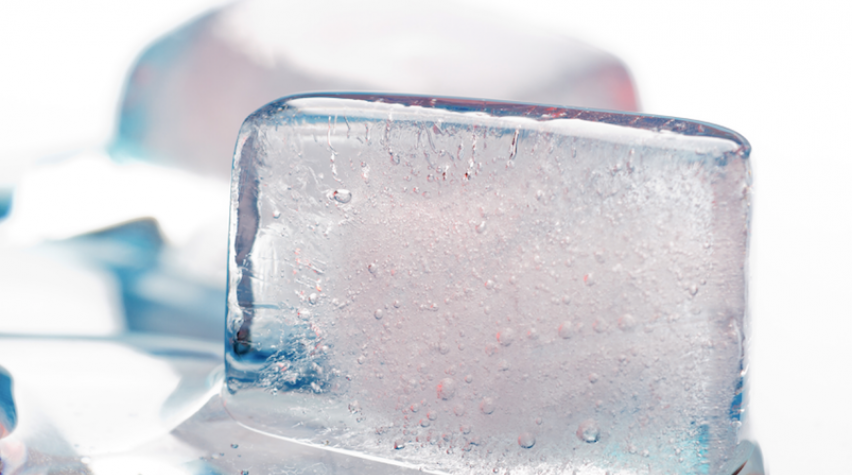
Freezing the leak in its tracks
To contain this contamination, Japanese officials have proposed a frozen barrier, which essentially creates permafrost conditions. Ground freezing is a decades-old technique by which permafrost is artificially created. The technique is used at excavation sites in construction and in mining to contain groundwater in a variety of situations. (Here's an FAQ on the technique.) While the technique is fairly common, using it to contain nuclear contamination is a highly specialized application. The only frozen barrier technique that has been proven to contain nuclear contamination is in the U.S., according to Technology Review, but Japan's Tepco (Tokyo Electrical Power) has not contacted the firm or any related experts. This reality has left many questioning whether the frozen barrier - normally a viable option - will be conducted successfully, if not carried out by qualified and experienced experts. For more details on the situation and on frozen barriers, check out the original article in Technology Review.



Comments
Frozen soil for containment has been around since, at least, the early days of LNG technology. The late Professor Cedomir Sliepcevich (Univ of Oklahoma) proposed using subterranean frozen soil as containers for LNG, analogous to salt dome storage of less chilling substances. One problem with using a finite-thickness frozen barrier to stop the progress of contaminated water and groundwater is in the unknown diffusion of radioactive contaminants that possibly would occur across the frozen zone. Has any lab work been done to prove or disprove the concept? If so, Rodan wants to know what are the diffusion rates of radioactive contaminants across an "ice" barrier?